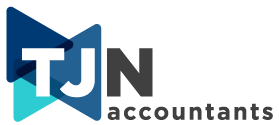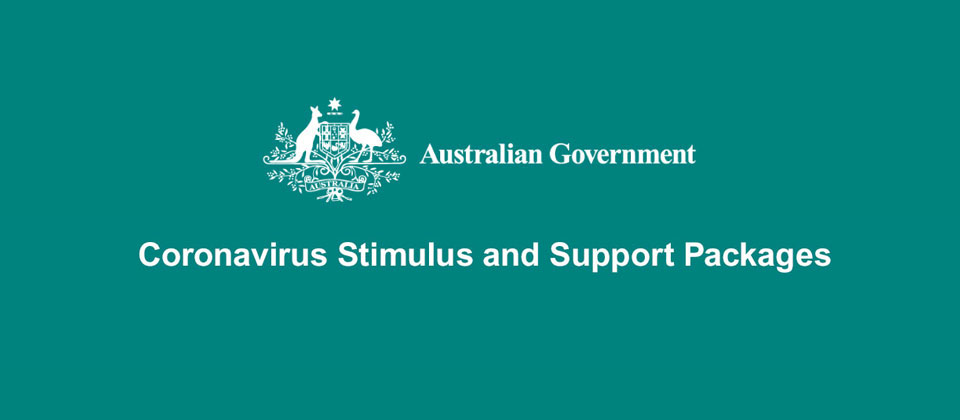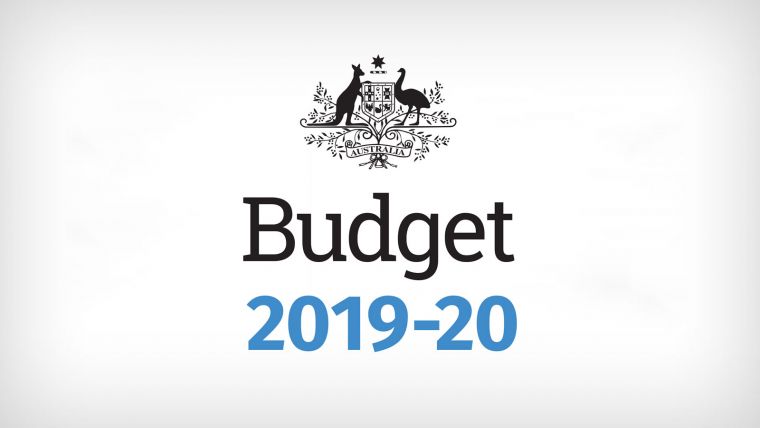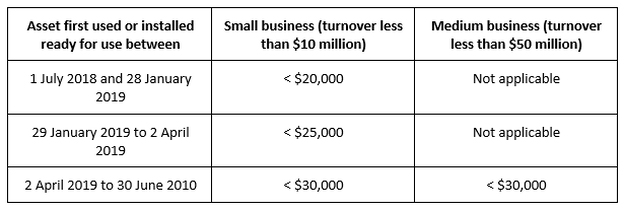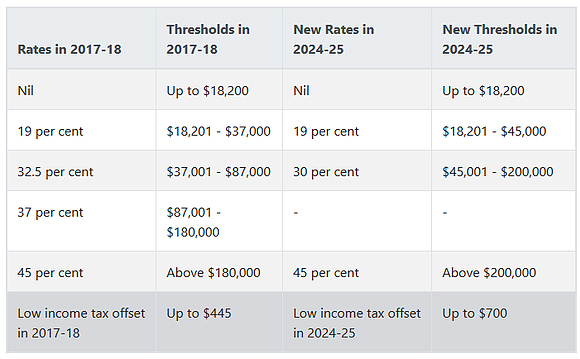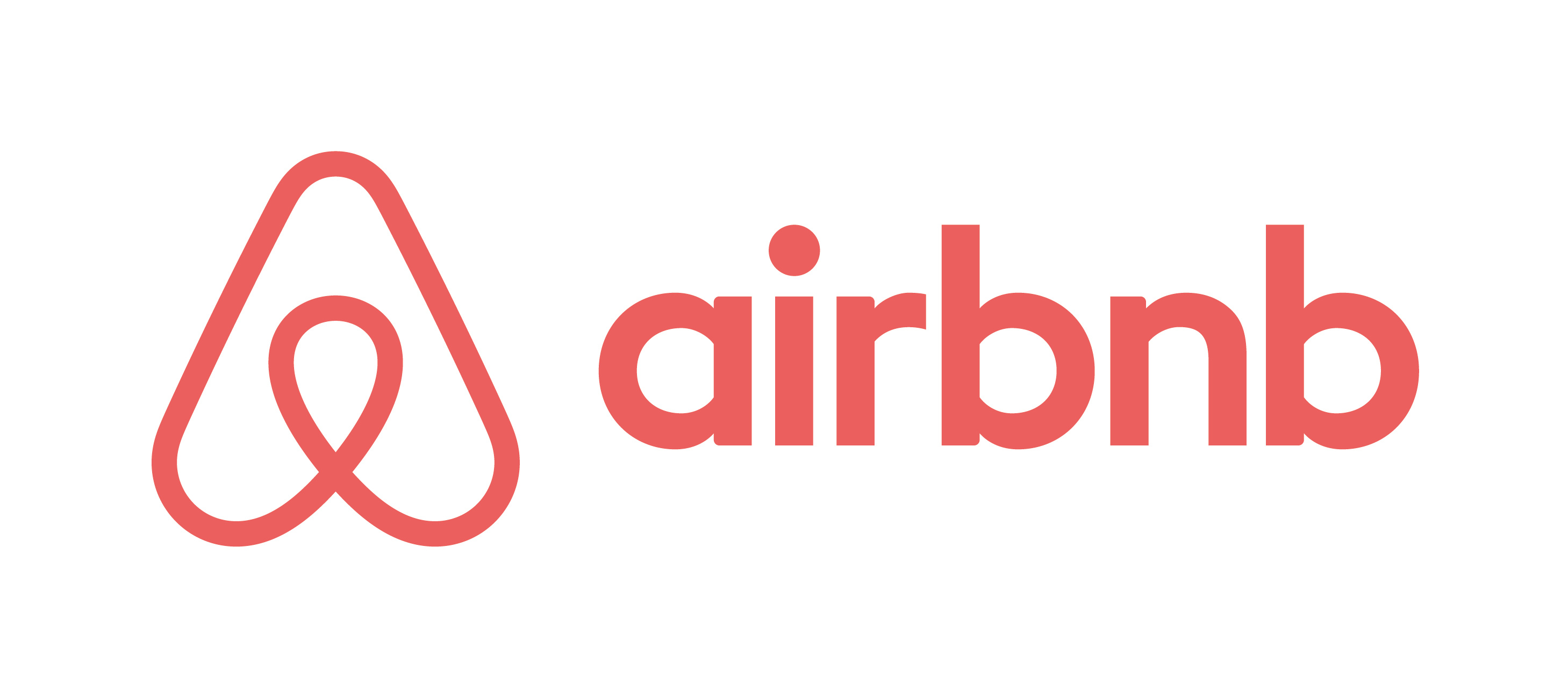Today the Federal Government announced further economic stimulus measures in an attempt to help small businesses survive the economic impact of COVID-19. Below are details of these additional measures.
Our earlier articles in relation to the stimulus measures can be accessed here:
Big 4 Banks response to COVID-19 (20/3/20)
Queensland Government – COVID-19 response (17/3/20)
Federal Government – Initial Stimulus package (13/3/20)
Tax-free cash payments – up to $100,000
Today the Government expanded the previously announced PAYG withholding measures. Eligible businesses will be entitled to a rebate of 100% of the taxes withheld on employees’ salary and wages. The minimum rebate entitlement will be $10,000 up to a maximum of $100,000.
Eligibility
To be eligible for the PAYG withholding rebate, a business must:
- Have turnover under $50 million (generally based on prior year turnover);
- Be an active employer established prior to 12 March 2020.
Boosting Cash Flow for Employer Payments
100% of the tax withheld on salary and wages will be rebated up to a maximum of $50,000 for the period from January to June 2020. The minimum rebate for this period will be $10,000. This rebate is a tax free payment and is automatically calculated by the ATO.
Additional payment
An additional payment is also being introduced in the July – October 2020 period. Eligible entities will receive an additional payment equal to the Boosting Cash Flow for Employers payment they have received in the January to June 2020 period (outlined above).
Summary
Overall, eligible businesses may receive tax free payments of between $10,000 and $100,000 over the period January to September 2020.
Bank loan guarantee scheme
The Federal Government will guarantee half of a bank loan to small and medium business. Businesses with a turnover under $50 million will be eligible for the guarantee and it will apply to loans granted within six months, starting 1 April 2020.
The Government will provide eligible lenders with a guarantee for loans with the following terms:
- Maximum total loan of $250,000 per borrower;
- The loan is up to 3 years, with an initial 6 month repayment holiday;
- The loan is in the form of unsecured finance, meaning borrowers will not have to provide an asset as security for the loan.
Insolvency and bankruptcy flexibility
The Government announced greater flexibility in the insolvency and bankruptcy requirements, including:
- Temporarily increasing the threshold at which creditors can issue a statutory demand on a company (from $2,000 to $20,000) and the time companies have to respond to statutory demands (from 21 days to 6 months);
- Temporarily increasing the threshold for the minimum amount of debt required for a creditor to initiate bankruptcy proceedings (from $5,000 to $20,000);
- Temporarily increasing the time a debtor has to respond to a bankruptcy notice (from 21 days to 6 months);
- Temporary relief from directors’ personal liability for trading while insolvent (though egregious cases of dishonesty and fraud will still be subject to criminal penalties). Any debts incurred by the company will still be payable by the company;
Relief for individuals
The Government also announced additional relief for individuals.
Coronavirus Supplement
A new time-limited Coronavirus supplement is to be paid at a rate of $550 per fortnight (paid to existing and new recipients of JobSeeker Payment, Youth Allowance Jobseeker, Parenting Payment, Farm Household Allowance and Special Benefit).
Househouse Support
The Government will be providing two separate $750 payments to social security, veteran and other income support recipients and eligible concession card holders.
Temporary Early Release of Superannuation
Individuals affected by Coronavirus will be allowed to access up to $10,000 of their superannuation in 2019-20 and a futher $10,000 in 2020-21. These payments will be tax-free and will not affect Centrelink or Veterans’ Affairs payments.
Temporary Reduction to Superannuation Minimum Drawdowns
The minimum pension drawdowns for superannuation will be reduced by 50% for the 2019-20 and 2020-21 financial years.
DISCLAIMER: The information in this article is general in nature and is not a substitute for professional advice. Accordingly, neither TJN Accountants nor any member or employee of TJN Accountants accepts any responsibility for any loss, however caused, as a result of reliance on this general information. We recommend that our formal advice be sought before acting in any of the areas. The article is issued as a helpful guide to clients and for their private information. Therefore it should be regarded as confidential and not be made available to any person without our consent.

Jeanette has over 20 years experience as an accountant in public practice. She is a Chartered Accountant, registered tax agent and accredited SMSF Association advisor. When she is not helping business owners grow their empires, you will likely find her out running on the trails or at the gym. Book in to see Jeanette today.
